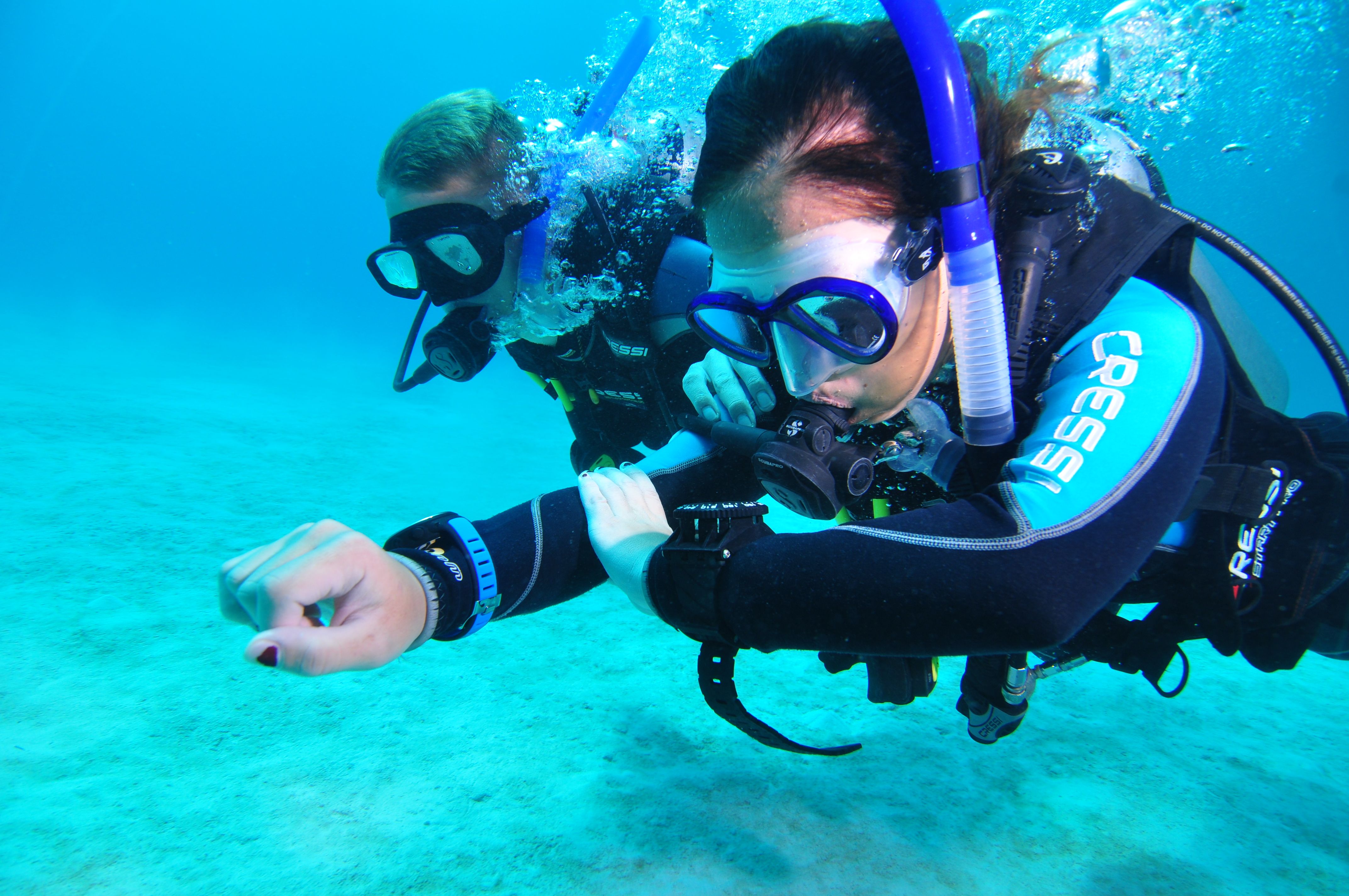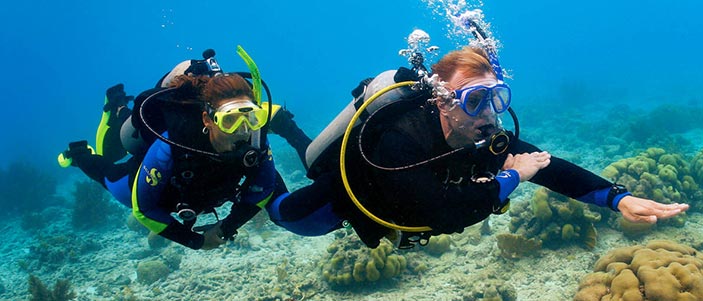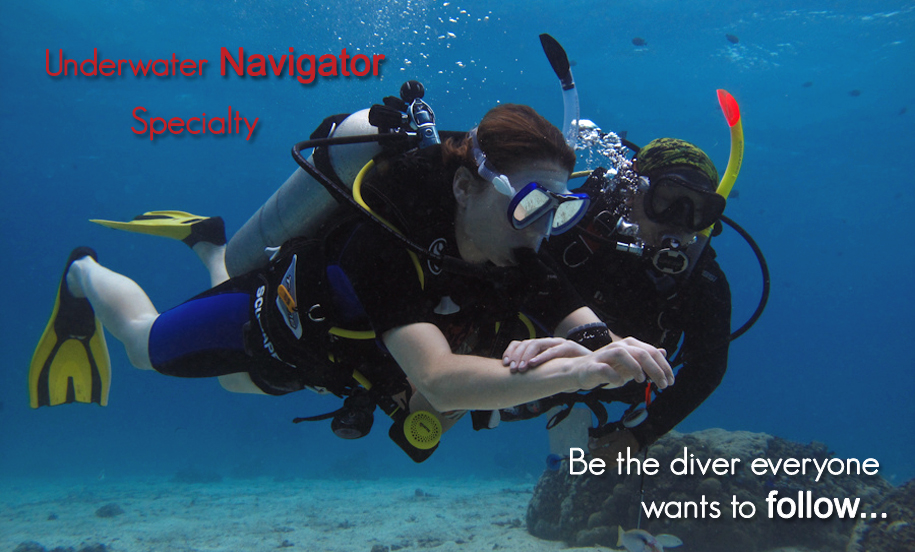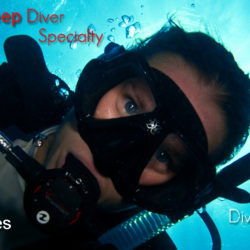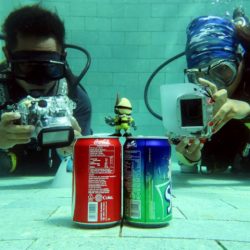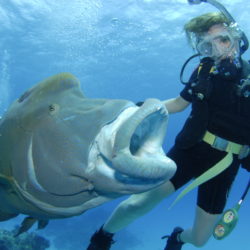Description
Here you’ll learn how to better identify major aquatic life groupings, and spot more advanced connections between various species. Particular emphasis is placed on the role of aquatic plants, food chains and predator prey relationships. Most importantly, however, you’ll discover how you fit in, and how your actions can affect organisms to interact with. Visiting the aquatic world Early Polynesian navigators routinely crossed thousands of miles of open ocean in outrigger canoes, using only their own senses and knowledge, a tradition passed down from generation to generation. These early peoples used natural navigation clues such as the motion of specific stars, weather, wildlife species, and directions of swells on the ocean, colors of the sea and sky and angles of approaching harbors to navigate their way from point A to point B on the ocean’s surface. Today, we still use natural navigation clues to navigate above and below the water, but the invention of the compass and other navigational instruments makes navigation a much easier albeit still a very challenging task.
Despite more than an hour underwater and covering a lot of ground, scuba divers can successfully reach their intended mark by integrating natural navigation techniques (environmental observation) and their skill of using instruments like the compass.
Whether your first navigation dive or your hundredth, few moments in diving compare with the satisfaction and pride you feel when you navigate a distance or specific navigation pattern and hit your mark dead-on. Keep that thought, the philosophy of this course is to focus on fun and challenging underwater navigation dives with an emphasis on safety. Thus, the goal of this course is to teach student divers a systematic, methodical approach to enjoying underwater navigation. Student divers will develop the techniques involved in navigating underwater within recreational limits and while avoiding disturbing delicate marine life.
The best way to learn underwater navigation procedures and to apply them is by doing it. This course philosophy therefore, expands student diver knowledge about environmental clues that help them to navigate, how to use a compass for precision, patterns that aid navigation, navigational instruments and how to interact responsibly with the aquatic life they’ll see while navigating underwater. Student divers will apply the knowledge they gain by reading the PADI Underwater Navigator Manual and watching the companion video on at least three open water dives practicing and demonstrating the practical aspects of underwater navigation.
Promises We Don’t Break:
- !No more than 4 people per instructor!
- Materials Including PADI Specialty Diver Manual
- All Dive Equipment Included
- Specialty Night Diver Certification
- Hours are flexible
- Multi language if requested (French, Spanish, German, Dutch…)
Arrival Day:
Sign up here at Siam Scuba 1 day before you would like to start the course; get a PADI Underwater Navigator Manual and a brief explanation of how to use it from our Staff. During the evening you’ll read and answer some knowledge reviews that each chapter has.
Day 1
09:00: Review the answers with your instructor
12:00: Dive 1 (Dive 1 Maximum depth of 18 meters.)
15:00: Dive 2( Dive 2 Maximum depth of 18 meters.)
We have accommodation to suit all budgets, from shared rooms to bungalows with a private pool
Notes:
** All itineraries & schedules are weather permitting, sea conditions, currents, tide, minimum numbers and may change without prior notice as the instructors see fit.
* Rates are only valid for bookings paid via internet!.



